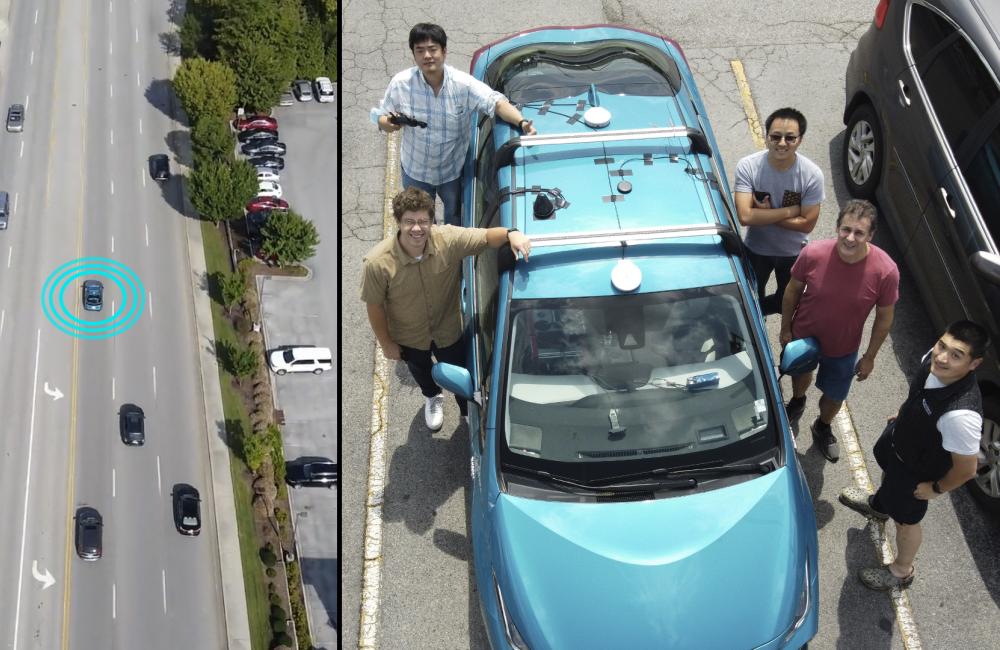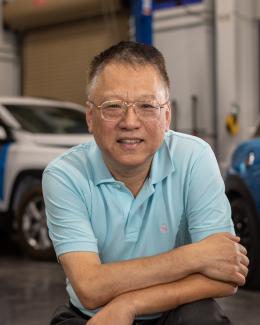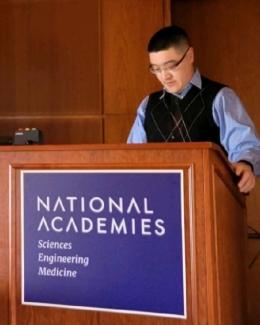Oak Ridge National Laboratory researchers took a connected and automated vehicle out of the virtual proving ground and onto a public road to determine energy savings when it is operated under predictive control strategies. Credit: ORNL, U.S. Dept. of Energy
Connected, automated vehicle traveling through time-controlled, integrated traffic lights maximized energy efficiency
Oak Ridge National Laboratory researchers determined that a connected and automated vehicle, or CAV, traveling on a multilane highway with integrated traffic light timing control can maximize energy efficiency and achieve up to 27% savings.
In a demonstration, a plug-in hybrid passenger vehicle in electric mode was driven down a busy corridor in Chattanooga, Tennessee. The test vehicle and the timing of traffic lights along the longitudinal route were controlled by ORNL-developed computer algorithms.
“The energy efficiency of the transportation system and the CAV itself were optimized by avoiding idling, hard braking and accelerating as much as possible,” ORNL’s Jinghui Yuan said. “With integrated optimization strategies, CAVs can achieve significant energy savings.”
Two control strategies were implemented on the traffic signals and the CAV and integrated into a cyber-physical system. They were first tested in a digital twin-based traffic simulation and ORNL’s virtual proving ground, the Connected and Automated Vehicle Environment Laboratory. – Jennifer Burke







